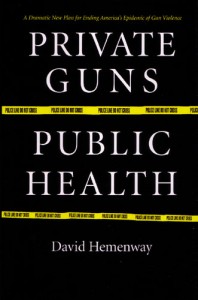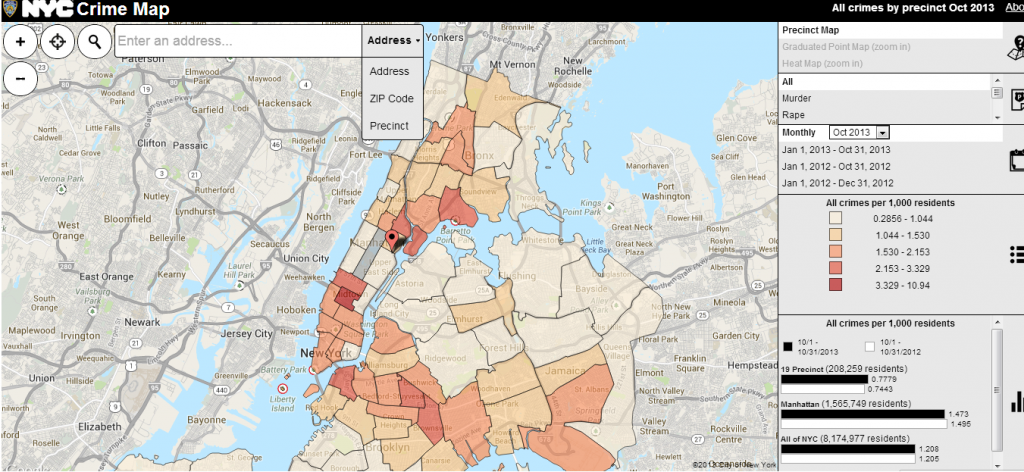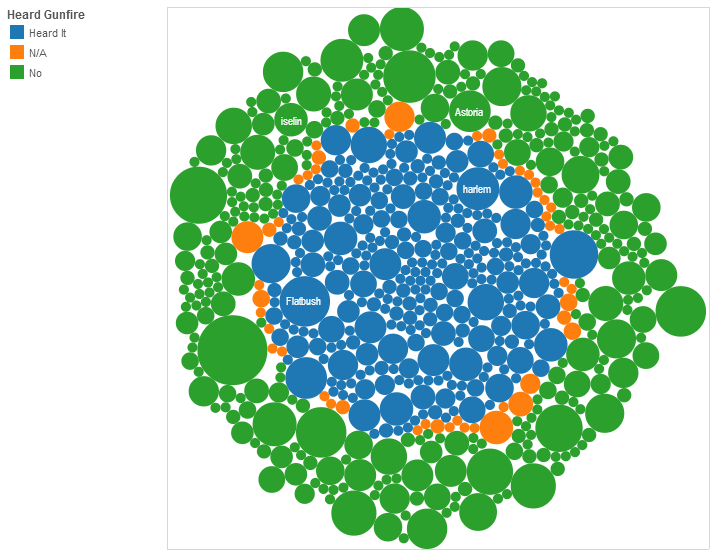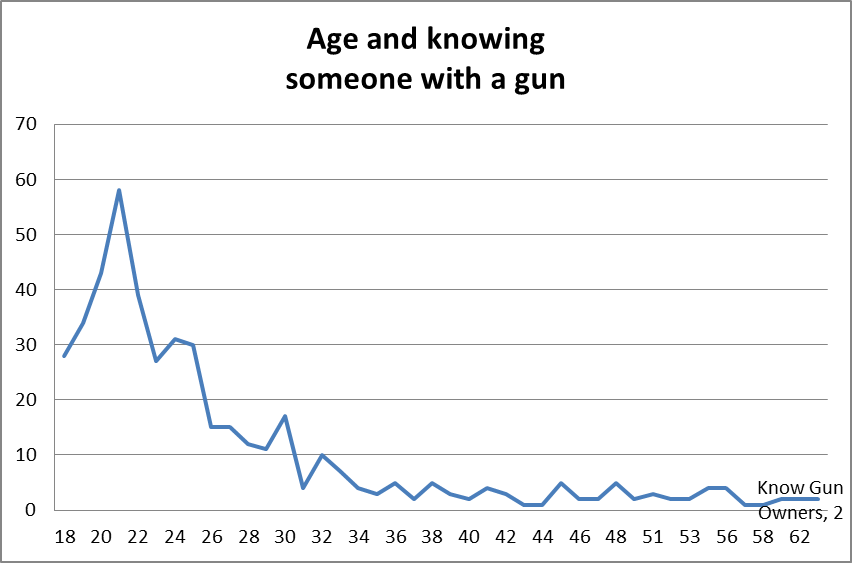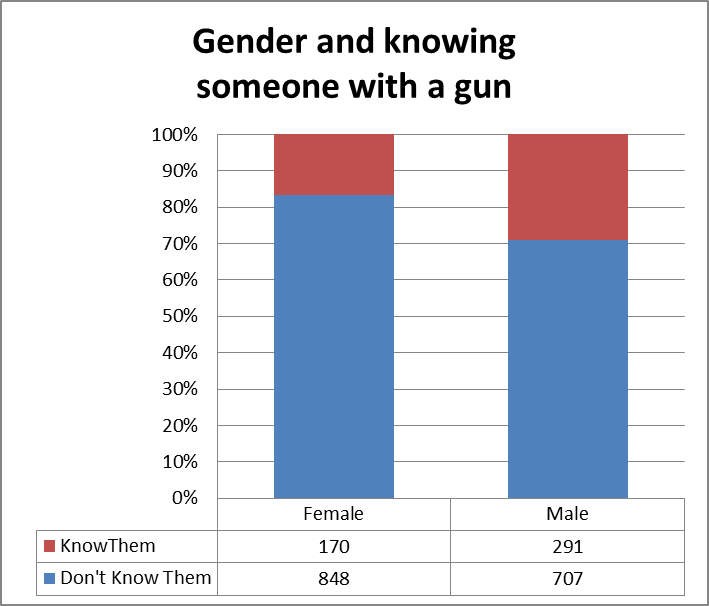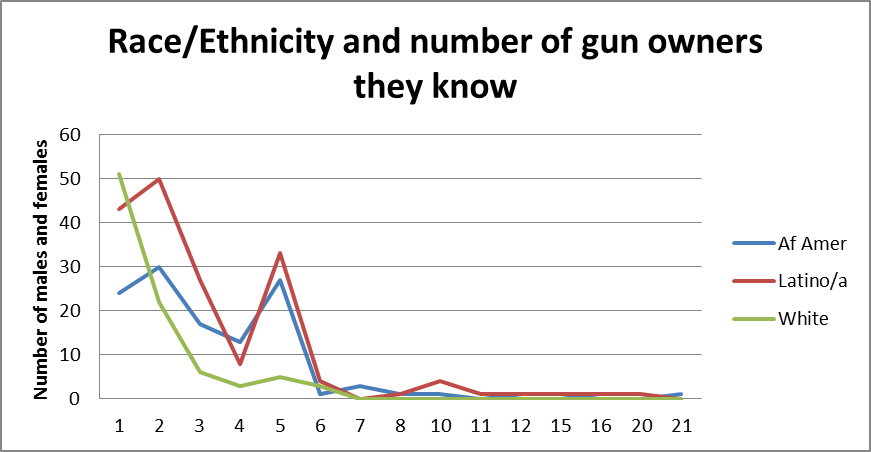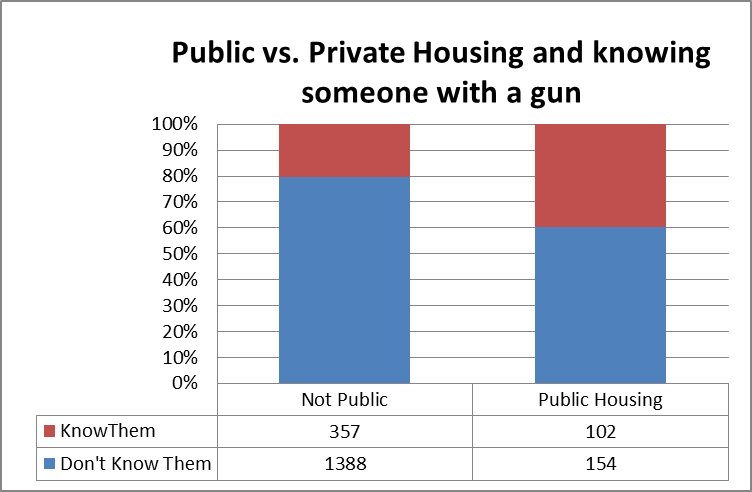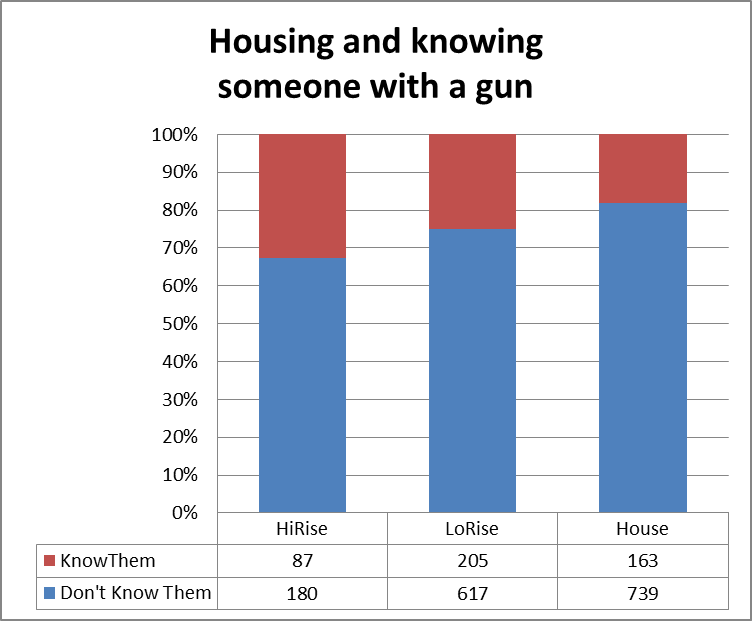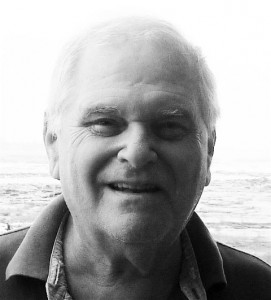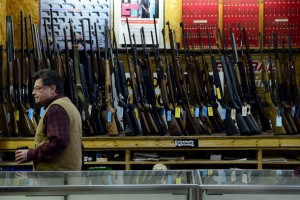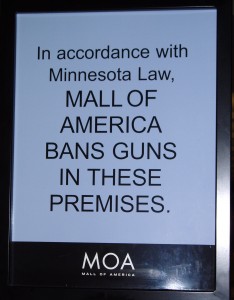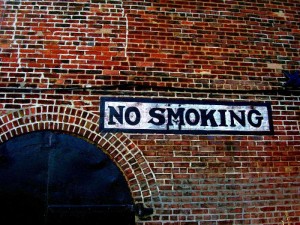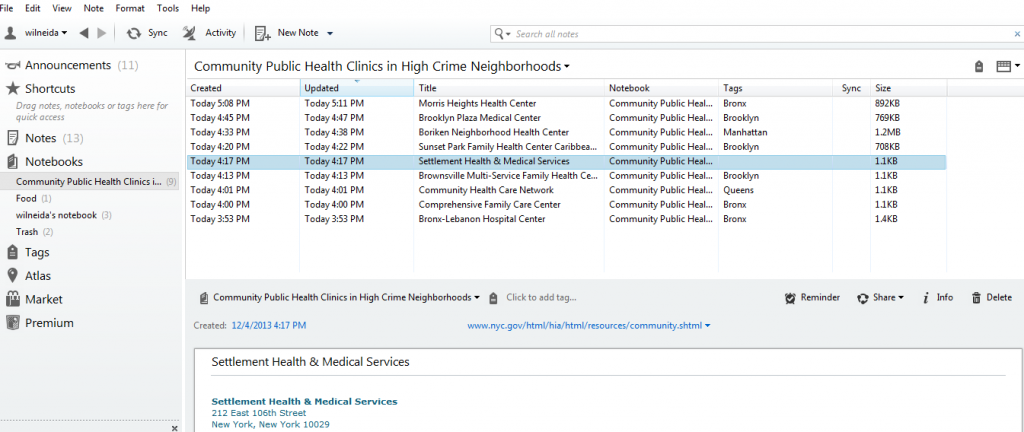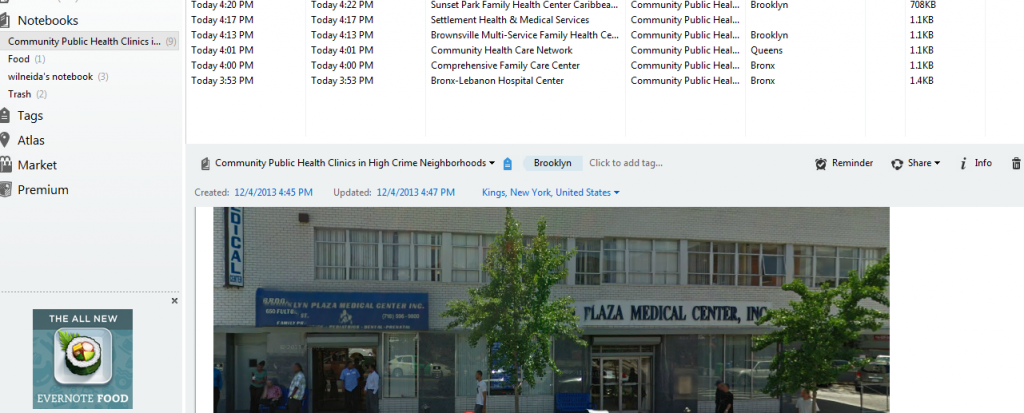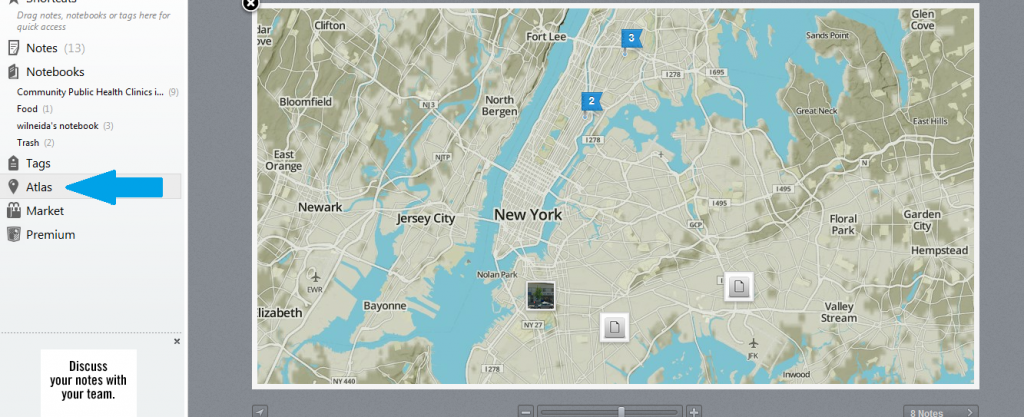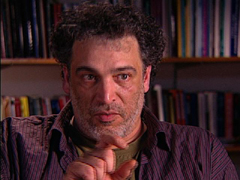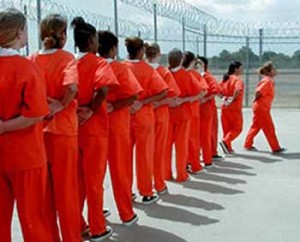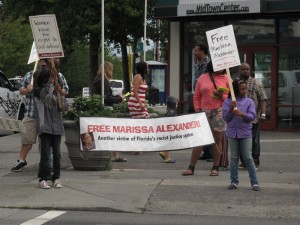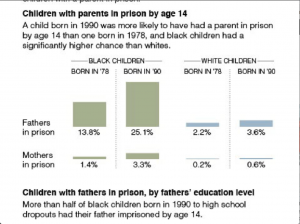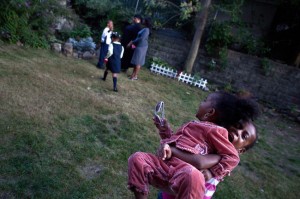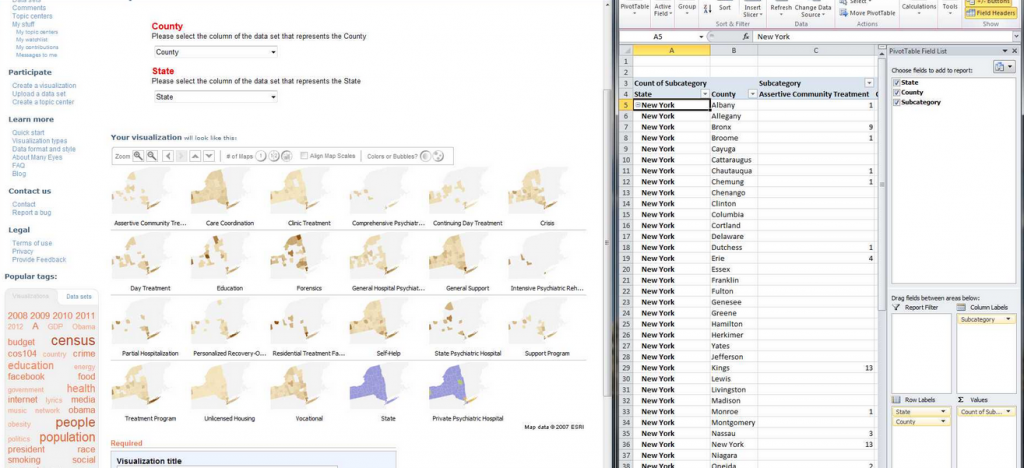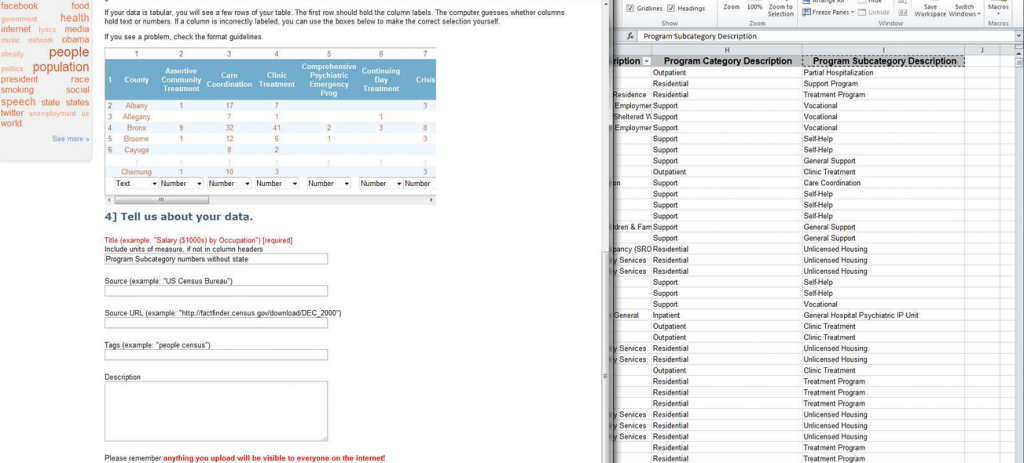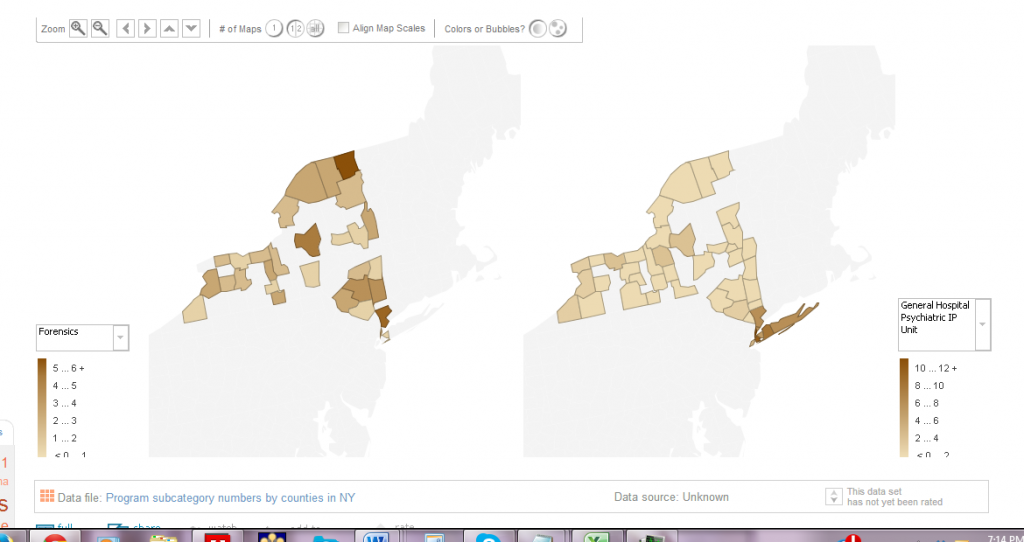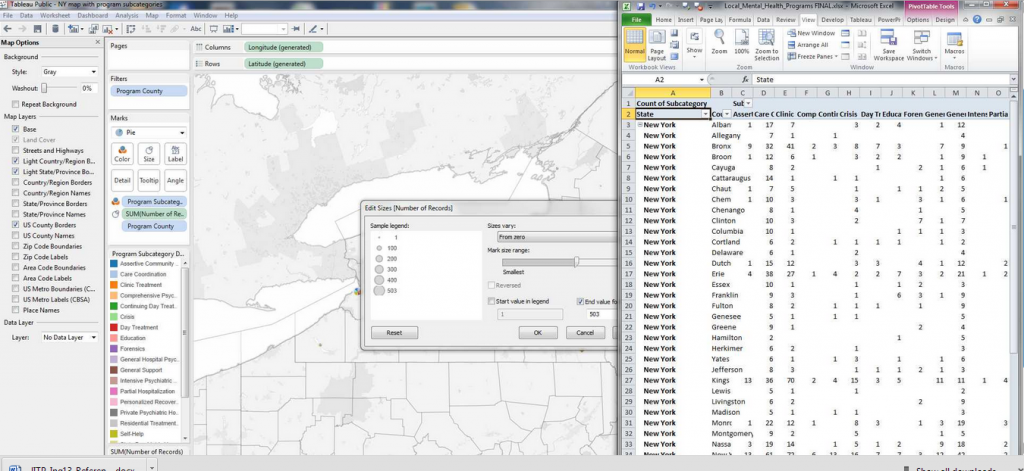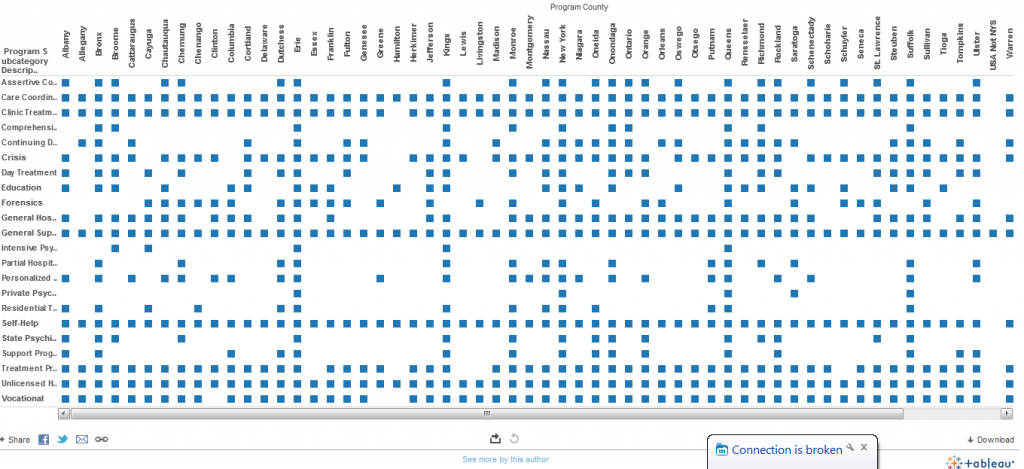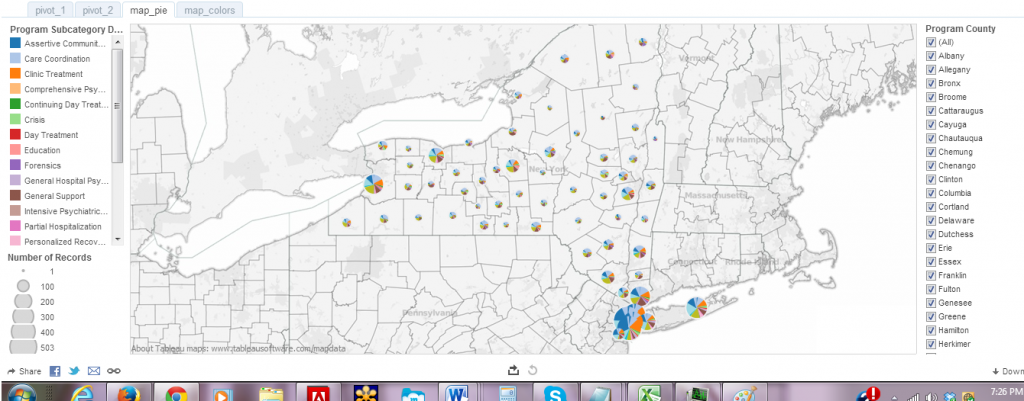In our on-going series “Punishment to Public Health,” I interviewed István Gábor Takács who is the Video Program Director with the Hungarian Civil Liberties Union (HCLU). Takács makes award-winning advocacy videos.
The drug-policy focused videos he creates along with his colleague Péter Sárosi, head of the Drug Policy Program. Takács and Sárosi created a closing video of the International Drug Policy Reform Conference (back in October, 2013) that was impressive. The video both reflected on the several days of the conference and rallied the assembled activists to leave the conference with a renewed commitment to transforming drug policy globally. The video was so good created so quickly, and such a great example of digital video activism that I wanted to know more. I emailed questions to Takács and here are his replies.
Jessie Daniels: How did you get involved in working on drug policy?
István Gábor Takács: While attending university in about 2001, I started working as an assistant at the HCLU, where I got to know a lot about harm reduction and drug policy. I then spent three months in Frankfurt working in a needle exchange program, called Cafe Fix, where I learned a lot about good social services and harm reduction. Later, in Budapest, I worked for four years at a needle exchange and worked at the drug policy program of the HCLU, where with Peter and Balázs Dénes, our boss at that time, we started experimenting with making videos. Then I got trained in Montreal, by Witness, in human rights video activism, and since then we have produced more than 500 videos at the HCLU, (not just in the field of drug policy), reaching around 3 million views online. We have also trained several activists in video production.
JD: Can you share a little bit about how digital video fits into your strategy for change?
IGT: Our video-making is always embedded in a wider advocacy environment. We always have a certain goal in mind, a change that we would like to happen. Video is a tool for achieving that change by educating and mobilising our audience. We are documenting what is happening with our movies, but documenting also serves a purpose. We record events, protests or conferences, where we try to chronicle, for example, the harm reduction and international drug policy reform movement, by highlighting the most important issues. We also document rights abuses by recording testimonies, which later can be used in court cases (which we also document for educational purposes).
Beyond documenting, we also try to educate the masses about important drug policy (and other human rights) issues through videos that try to be as short, interesting and understandable as possible. All our videos are freely available online, and they often appear on leading online news portals. By educating the masses, we hope to achieve attitude change, fighting stigma and discrimination and promoting public policies that help people instead of hurting them (for example decriminalisation of drug use and possession, and promotion of needle exchange or methadone treatment). With movies like the one on InSite, the only legal safer injection room in North America, or the one on Mexico’s Drug War and its consequences, we try to serve educational purposes. We know that our movies are used in universities worldwide.
We have also had feedback from decision-makers, that they use our movies as reference points to show where global drug policy is heading and what are the key challenges and good practices. We have also heard that our drug policy movies, published on our website Drugreporter, by thematising and showing good examples, and good ideas, help the drug policy movement define itself and clarify its messages. We also aim to reach out to the affected population and their relatives. Beyond documenting and educating, our main tool is mobilising. We try to get people engaged in acting for policy change. With viral videos like our Drug Lords Series, we try to get them involved in campaigns, like sending letters, signing a petition, spreading a message. We try to amplify the voice of the voiceless by working with activists who are drug users, Roma, sex workers, or people living with disabilities or with HIV. We also use our movies to raise funds for particular programs, such as the Andrey Rylkov Foundation, the only needle and syringe distribution program in Moscow. We use our movies in international campaigns like the Count the Costs of the Drug War campaign, as a support tool for research papers and policy papers, protests and other traditional, no less important advocacy tools.
JD: What sort of impact do you hope your videos have?
IGT: We try to improve people’s knowledge, and try to mobilise them to act for change. In our Romanian campaign for example we called on people to write to the ministers of Romania to ask them for financial support of harm reduction. In other campaigns, we ask for people to sign petitions, targeted at decision-makers. We believe that to a certain extent our movies contributed to the change in the strict drug related penal code in Poland, to the introduction of needle exchange in Stockholm, the opening of safer injection sites in Denmark, and the continued funding of harm reduction services in Russia by the Global Fund.
We were the first to produce video reports of the proceedings of the Commission on Narcotic Drugs, the annual UN gathering on drugs, with the aim of bringing more transparency to this level of decision-making. Making films like “Silenced NGO Partner,” that showed the head of the United Nations Office on Drugs and Crime avoiding the question, and shouting at a psychiatrist who asked how he explains the fact that in the Netherlands cannabis use is lower than in the surrounding countries, despite its legal availability, showed how decisions are made, and how really serious questions are avoided, at the UN level. This campaign resulted in several hundreds of letters being sent to Mr. Costa, head of the UNODC, which caused him to visit a coffee shop and a safer injection site in the Netherlands – something he’d never done before. (He still never answered the question though).
In non drug-related issues, our movies have also had a direct impact: We were able to stop a village from blocking deinstitutionalisation of a mass institution for people living with disabilities. We were able to stop the racist marches and the occupation of the Roma-populated parts of a village by radical right wing paramilitary in Gyöngyöspata, by documenting rights abuses and showing them to the masses. We documented the beating of Roma by the police, and this footage was used in a successful case at the Strasbourg Court of Human Rights. We were able to stop the wasting of taxpayer money, by using videos and the Freedom of Information Act to highlight corruption cases.
JD: Are there any ‘lessons learned’ on bringing together academics, activists and journalists in ways that promote social justice, civic engagement, and greater democracy that you could share?
IGT: Our videos make use of academic knowledge, and try to translate that into short, easily understandable messages. By using personal stories, we bring the issues which are sometimes abstract, closer to the viewer. Traditional advocacy tools like protests, reports, scientific research can be complemented with videos to make them more successful. The voice of activists and academics is amplified by these videos. Journalists use our videos as background material or illustrations to their own work. Overall, in the age of internet videos and low-cost video production, self-made video production can be very successfully integrated into the work of activists, academics and journalists.



